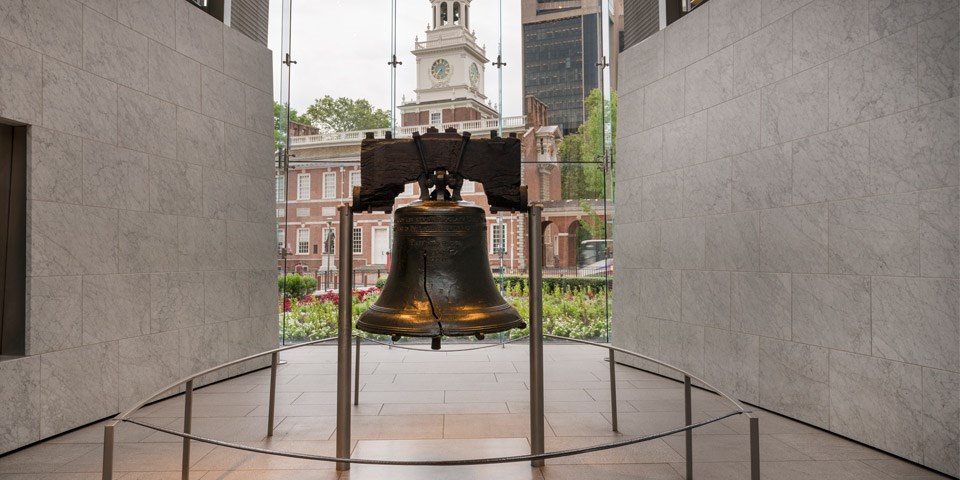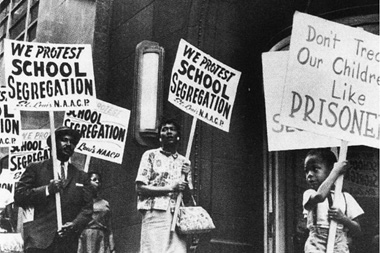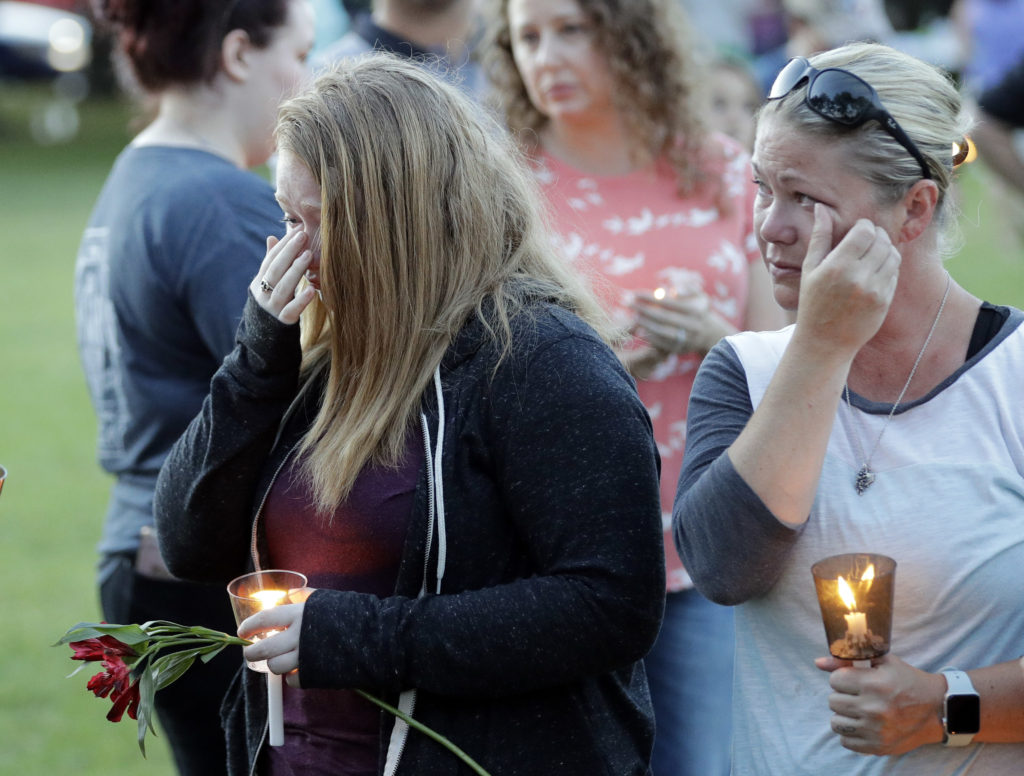This Independence Day brings with it a new sense of urgency in the fight to save public education. Because Education Secretary Betsy DeVos is continuing to advance her personal agenda —unchecked by Congress—it is our duty to step in. We the People are the last hope for a nation built upon the ideal that supreme power resides in its citizens.
DeVos Puts Religion Ahead of Duty to Civil Rights
 Ms. DeVos is hell-bent on “advancing [her] God’s Kingdom” using our education system as a weapon of destruction. But without a national understanding of why her actions must be seen as tyrannical, our republic is at risk. Hence the urgency of this Independence Day — the need to clearly see what good has come from our rebellious past and the need to rise again.
Ms. DeVos is hell-bent on “advancing [her] God’s Kingdom” using our education system as a weapon of destruction. But without a national understanding of why her actions must be seen as tyrannical, our republic is at risk. Hence the urgency of this Independence Day — the need to clearly see what good has come from our rebellious past and the need to rise again.
The foundation for our great country was set by the Declaration of Independence. Its writers were experiencing the corruption and greed of an oppressive government and anticipated this country would see this destructive behavior again, for they went on to say, in reference to life, liberty, and the pursuit of happiness, … (The Crucial Voice of the People)
“… that whenever any Form of Government becomes destructive of these Ends, it is the Right of the People to alter or to abolish it, and to institute new Government, laying its Foundation on such Principles, and organizing its Powers in such Form, as to them shall seem most likely to effect their Safety and Happiness.” (Declaration of Independence)
Since Betsy (Prince) DeVos’ rhetoric and actions fit the definition of “destructive behavior” towards public schools, she invites our rebellion against her rule.
She and her followers are thumbing their noses at the foundational principles of the Declaration and have moved on to redefining what the First Amendment to the Constitution says.
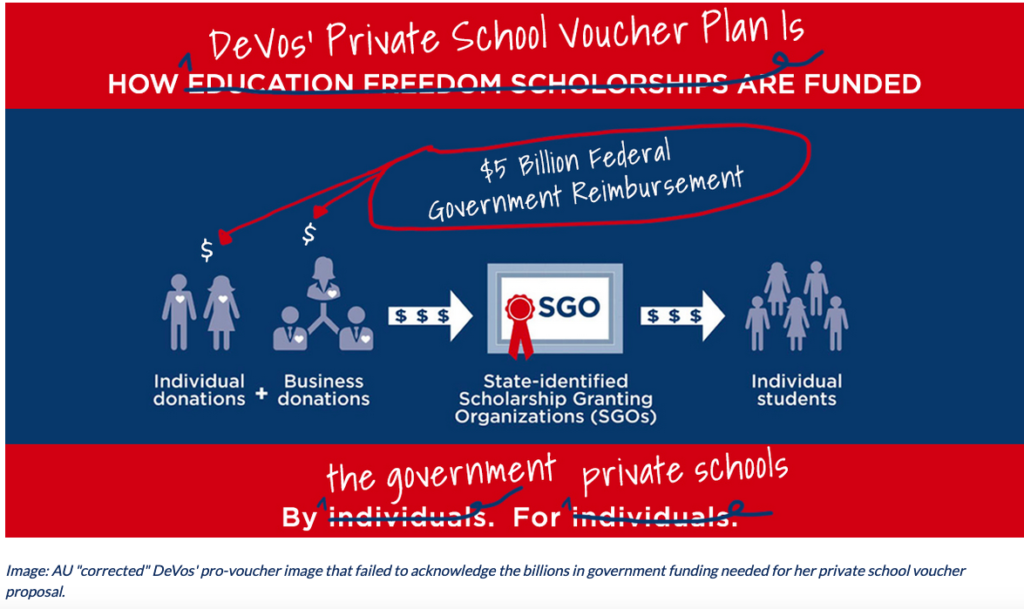
SOURCE The Privatizer: Betsy DeVos And Her Scheme To Undermine Public Education Have Survived The Tumult Of The Trump Administration
Separation of Church and State
Let’s not forget that many of the early immigrants came to rest on American soil because they were seeking religious freedom. Freedom to practice a religion of ones’ choosing is why there is no government-sponsored religion in America. Consequently, our Founding Fathers held variously religious beliefs.
Although orthodox Christians participated at every stage of the new republic, Deism influenced a majority of the Founders. The movement opposed barriers to moral improvement and to social justice. It stood for rational inquiry, for skepticism about dogma and mystery, and for religious toleration. Many of its adherents advocated universal education, freedom of the press, and separation of church and state. If the nation owes much to the Judeo-Christian tradition, it is also indebted to Deism, a movement of reason and equality that influenced the Founding Fathers to embrace liberal political ideals remarkable for their time. (Encyclopedia Britannica)
Our birth as a rebellious nation has always been tied to religious freedom. But although we hear the phrase “separation of church and state” used as if it is part of the Constitution, it is not.  With DeVos blurring the lines between “religious freedom” and “education freedom,” it is not surprising that many standing to benefit personally from her antics don’t see her actions as an over-step of religion into a basic function of the State.
With DeVos blurring the lines between “religious freedom” and “education freedom,” it is not surprising that many standing to benefit personally from her antics don’t see her actions as an over-step of religion into a basic function of the State.
What the First Amendment says is …
“Congress shall make no law respecting an establishment of religion, or prohibiting the free exercise thereof…”
That’s it! That’s all our founding fathers wrote into our foundational law about religion.
Religious schools are private. No one is prohibiting them from practicing their religion or teaching their young about their chosen doctrines. They have religious freedom. What they do not have is taxpayer dollars to advance their philosophy. That is what is changing quickly under DeVos rules.
I hope religious schools consider this…
For churches to accept taxpayer dollar is for them to then invite the State into the functioning of their schools. Anything less would be “taxation without representation.” Religious organizations can’t have it both ways. So are they ready to open their doors, their books, and their gatherings to the greater public, as our real public schools do?
But Let’s Go Back Again to Independence Day
As our country moved forward from our first Independence Day in 1776, we laid our educational foundation on the ideals of American quality and exceptional-ism. But it would take our republic almost two centuries before the country came to develop an education system that embodied the words …
“WE hold these Truths to be self-evident, that all Men are created equal…”
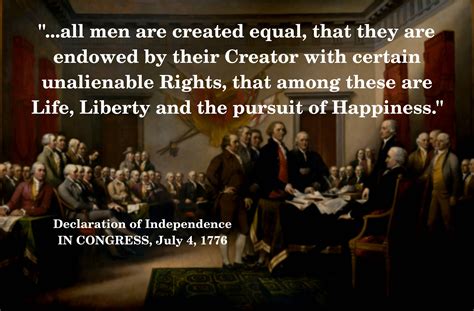 With time, many of the Founding Fathers came to terms with the hypocrisy of their words and did what they could to free and educate the humans they had allowed to stay in bondage. But it wouldn’t be until after Brown v. Board of Education that a way to achieve equality of educational opportunity was proposed through federal policy.
With time, many of the Founding Fathers came to terms with the hypocrisy of their words and did what they could to free and educate the humans they had allowed to stay in bondage. But it wouldn’t be until after Brown v. Board of Education that a way to achieve equality of educational opportunity was proposed through federal policy.
Foundational Principles for Providing National Equal Educational Opportunity
Our rebellious founding fathers asked that we see rebellion as the Right of the People to alter our Government based on such Principles as shall seem most likely to effect our Safety and Happiness. That same request —to build upon sound principles—is what federal education law once did.
- Strengthening and improving all schools was to be done through research, dissemination of information, and training aimed at quality teaching, counseling, and state leadership.
- The determinate of quality was to be based on “appropriate measures” as determined by state and local officials with overview of the federal government to assure that equal access was being provided.
- Inequality of opportunity was addressed through funding for the educational needs of children of low-income families to meet those children’s needs as determined locally.
- Equality in access was extended to entire communities where high concentrations of low-income families resided through the funding of educational centers and services deemed vital to educational success.
Now, the legislative branch is corrupted by money. Our federal education laws better serve moneyed interests than the People’s interests.
Now, with Betsy DeVos at the helm of our U.S. Department of Education, we now face a new and very real threat — the Union of Church and State.
Our Republic: Born from Rebellion, Requiring It Again
Major religious conflicts have not divided and destroyed our republic like they have in other countries. Government sponsorship of schools that divide us will not contribute to progress as a nation founded upon the promise of equality. That makes rebellion against all of DeVos’ efforts to push her agenda both proper and necessary.
Rebellion against the destruction of public education requires we see Betsy (Prince) DeVos for what she is — a tyrant. She and her ilk are exactly the kind of people American patriots rebelled against. Never forget —in a republic the supreme power resides in its citizens. Such a republic requires rebellion from time to time to keep it alive.
Let Freedom Ring! Happy Independence Day!

